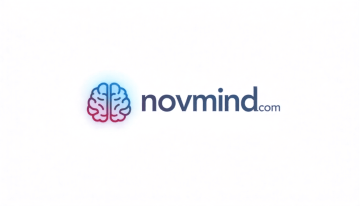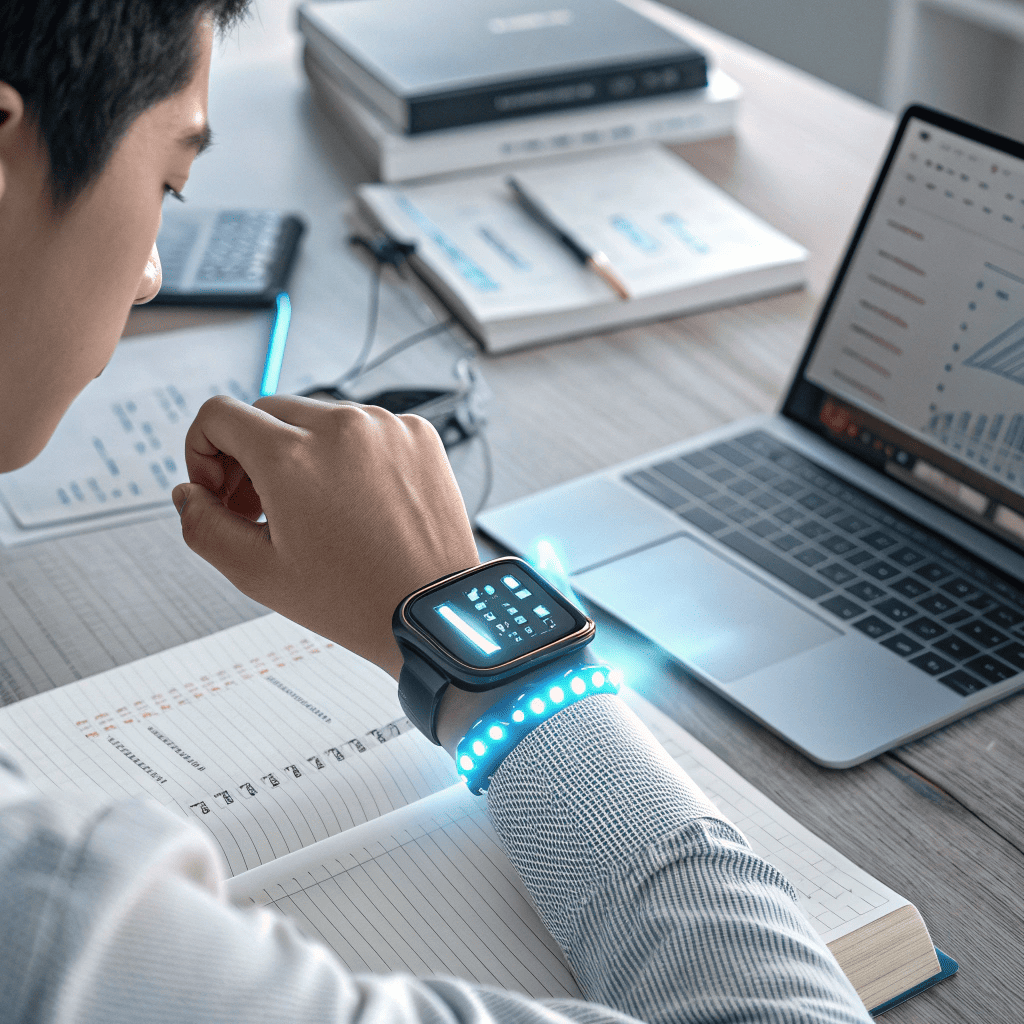In a world flooded with distractions, achieving flow — that magical state of deep focus where time flies — is more valuable than ever. Smart wearable technology is stepping in as a powerful ally, helping us track brainwaves, improve attention, and create the perfect conditions for peak performance. Let’s explore how wearable tech is reshaping our ability to focus and enter flow on demand.
What Exactly Is Flow and Why Does It Matter?
Flow is that “in the zone” feeling — you’re fully immersed, totally focused, and performing at your best. Psychologist Mihaly Csikszentmihalyi described it as the state where skill meets challenge in perfect harmony. It’s when creativity flows, productivity skyrockets, and mental noise disappears.
This article builds on the insights from the pillar article on AI for Flow, diving deeper into how wearable tech specifically supports these focus-enhancing experiences.
How Wearable Tech Supports Focus and Flow
Real-Time Brainwave Feedback
One of the game-changers in focus tech is the ability to monitor your brainwaves in real time. Devices like the Muse headband and Flowtime measure your EEG activity — literally reading your brain’s electrical signals — to let you know when you’re in the zone or drifting off.
Why Brainwaves Matter
Different brainwave frequencies correspond to different mental states. Alpha waves signal calm focus, beta waves indicate active thinking, and theta waves often mean you’re distracted or daydreaming. Wearables help guide you back to optimal focus by recognizing these patterns.
Biometric Tracking for Focus Optimization
Focus doesn’t live in your brain alone. Your heart rate, breathing, and even skin temperature all impact your cognitive state. Tools like Whoop and Apollo Neuro analyze your physiological signals and offer subtle interventions like haptic feedback to help you stay centered.
What This Looks Like in Practice
Imagine you’re writing or coding. Your wearable detects elevated stress through your heart rate. It vibrates gently, prompting you to breathe slower or take a quick pause. These micro-adjustments can mean the difference between losing momentum and entering deep flow.
AI’s Role in Personalizing the Experience
Machine Learning Meets Biofeedback
The best part? These devices don’t just track — they learn. AI algorithms study your patterns and start tailoring feedback to your specific needs. If you tend to lose focus after 30 minutes, your wearable may suggest breaks at just the right moment to keep you sharp.
Adaptive Recommendations for Peak Hours
Over time, wearables can identify your natural productivity windows and alert you when you’re most primed for flow. It’s like having a focus coach strapped to your wrist — one that actually knows your habits.
Examples of Wearables That Enhance Focus
- Muse 2: Offers real-time meditation guidance and brainwave monitoring.
- Flowtime: Tracks mental states during work or relaxation, giving detailed EEG feedback.
- Apollo Neuro: Uses vibrations to influence your nervous system and reduce stress.
- Whoop Strap: Analyzes recovery, sleep, and strain to optimize cognitive load.
Challenges and Considerations
Too Much Data, Not Enough Insight?
While the data is fascinating, it can get overwhelming. Not everyone wants to track every breath or heartbeat. The key is using tech as a guide, not a crutch. Simplicity and meaningful feedback matter more than raw metrics.
Privacy and Mindfulness
These tools collect highly personal information. Make sure you’re comfortable with what’s being tracked, and always review data permissions. Focus should feel freeing — not like you’re under surveillance.
How This Fits Into the Bigger Picture
Wearables are just one part of the puzzle. For a full understanding of how smart tech can elevate focus, revisit our main guide on AI for Flow.
And if you’re exploring specialized tools like neurofeedback or apps tailored to ADHD or anxiety, be sure to check out our complementary articles:
Conclusion
Wearable tech is making it easier than ever to understand — and enter — flow states. By tracking your brain and body in real time and adapting to your needs with AI, these tools provide subtle but powerful nudges toward peak focus. They’re not a magic bullet, but they are a helpful compass in the chaos of modern work life.
FAQs
1. Can wearables really improve focus?
Yes, especially when combined with mindfulness and clear goals. They give real-time insights that help you adjust your mental state.
2. Are brainwave headbands safe to use daily?
Absolutely — they’re non-invasive and designed for regular use. Just make sure to take breaks and not obsess over the data.
3. How do I know if a wearable is helping?
Look for trends: Are you concentrating longer? Feeling calmer during work? Improved awareness is the real benefit here.
4. Will wearable tech replace my current productivity tools?
Not necessarily — they complement traditional systems by offering new ways to monitor and guide focus.
5. Is this just a trend or the future of focus?
It’s both. As AI gets smarter and wearables more intuitive, they’ll play an increasingly central role in personalized productivity.

